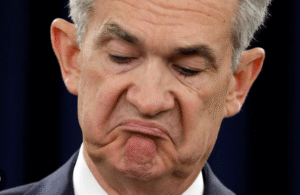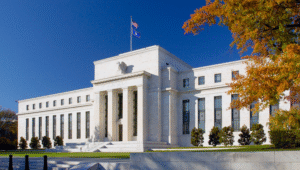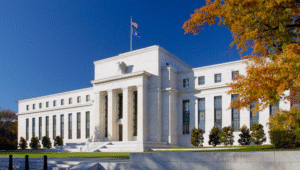$SPY $DXY $BTC
#FederalReserve #InterestRates #JobsReport #MonetaryPolicy #MarketSentiment #StockMarket #CryptoMarket #RateCuts #Inflation #EconomicGrowth #USD #TreasuryYields
Strong December job data has upended market expectations for Federal Reserve policy in 2024, adding a new layer of uncertainty to the trajectory of interest rates. Following the employment report, which reflected robust hiring and a tight labor market, traders have markedly scaled back bets on rate cuts for the year. Previously, markets were positioning for the Fed to begin easing monetary policy as early as May, with several rate cuts anticipated through 2024. However, the latest figures have investors bracing for a longer period of restrictive monetary policy, with rate cut predictions now pushed to June—and only a single cut is expected. The shift highlights the delicate balance between taming inflation and sustaining economic growth, as the central bank navigates one of its most complex policy environments in decades.
The labor market’s resilience signals that the U.S. economy may still have more fuel in the tank, despite months of aggressive monetary tightening. December’s employment data suggests demand for labor remains elevated, leaving wage pressures intact. This development is likely to concern Fed policymakers, as elevated wages could complicate efforts to bring inflation down to their 2% target. As a consequence, Treasury yields jumped, with the benchmark 10-year yield nearing recent highs, while the U.S. Dollar Index ($DXY) advanced as traders priced in a higher-for-longer rate scenario. Equity futures, particularly those tracking the tech-heavy Nasdaq, faced downside pressure in pre-market trading, as growth stocks are typically the most sensitive to rising yields. Cryptocurrencies, led by $BTC, were also subdued, as higher borrowing costs often dampen speculative investment in risk assets.
This adjustment in expectations underscores the Federal Reserve’s messaging challenge. Recent remarks by Fed officials have emphasized data-dependency, with policymakers reluctant to commit to any specific timeline for cuts amid persistent inflation risks. While the December jobs numbers are a clear indicator of economic strength, they also complicate the case for monetary easing, particularly if inflation readings remain sticky in the coming months. Markets may have been overly optimistic in projecting multiple cuts in 2024, and traders will now closely scrutinize wage growth, consumer spending, and inflation trends for clarity on the Fed’s path forward. Futures markets, as measured by CME’s FedWatch tool, now reflect a steeper probability curve for a prolonged pause before any policy easing.
The broader market impacts could extend well beyond risk sentiment. The upward adjustment in yield expectations has already unsettled sectors such as real estate and utilities, which depend heavily on lower rates. Additionally, a firmer dollar poses challenges for multinational corporations reliant on overseas revenues, potentially weighing on their upcoming earnings reports. On the flip side, a resilient job market might bolster consumer confidence and spending in the short term, providing a cushion for sectors such as retail and travel. However, with the Fed reinforcing a “higher-for-longer” stance in 2024, the persistent tug-of-war between inflation containment and growth stabilization will remain a key theme. Risk assets, including equities and cryptocurrencies, are likely to remain volatile as the market continues to recalibrate expectations.







Comments are closed.